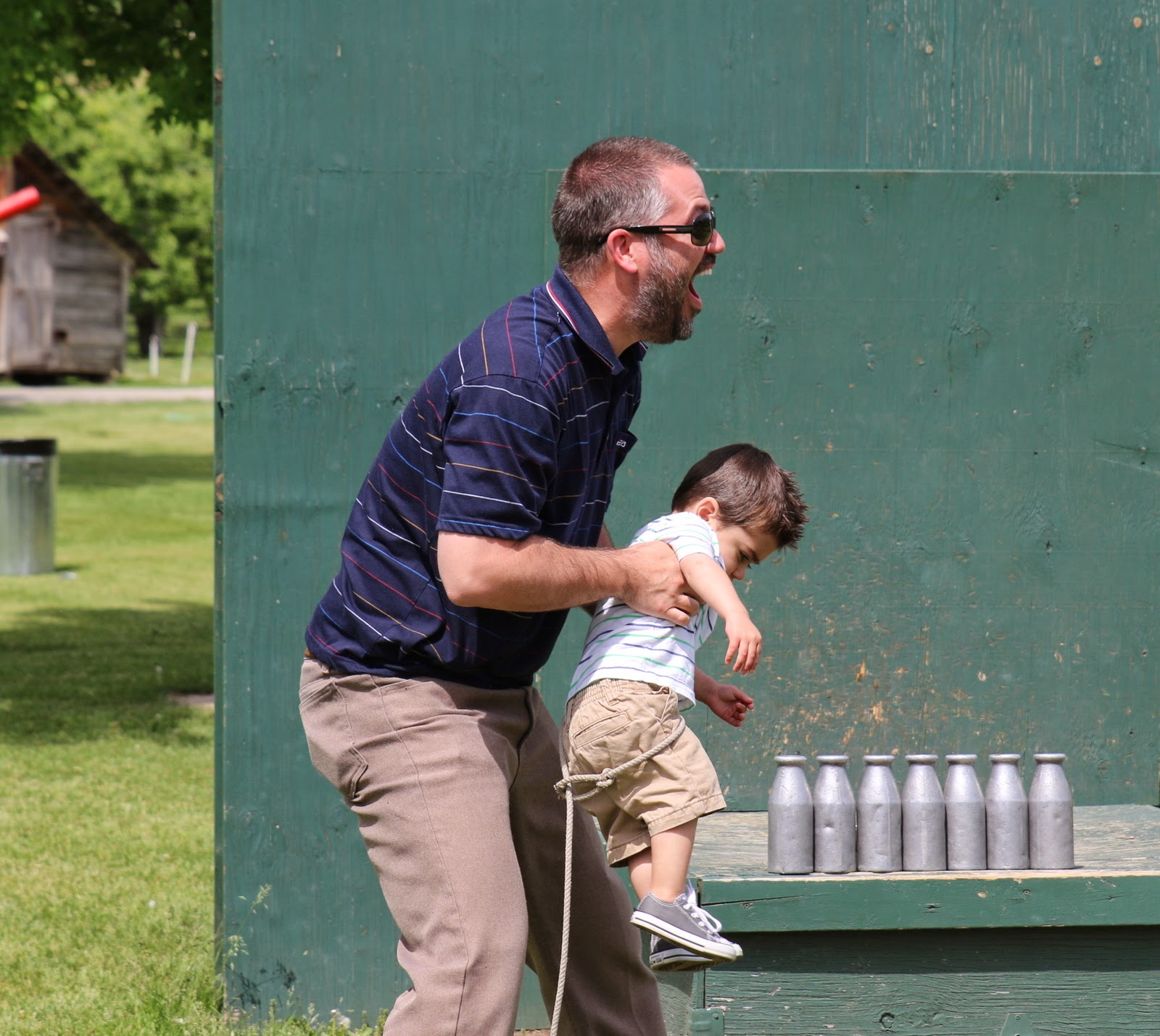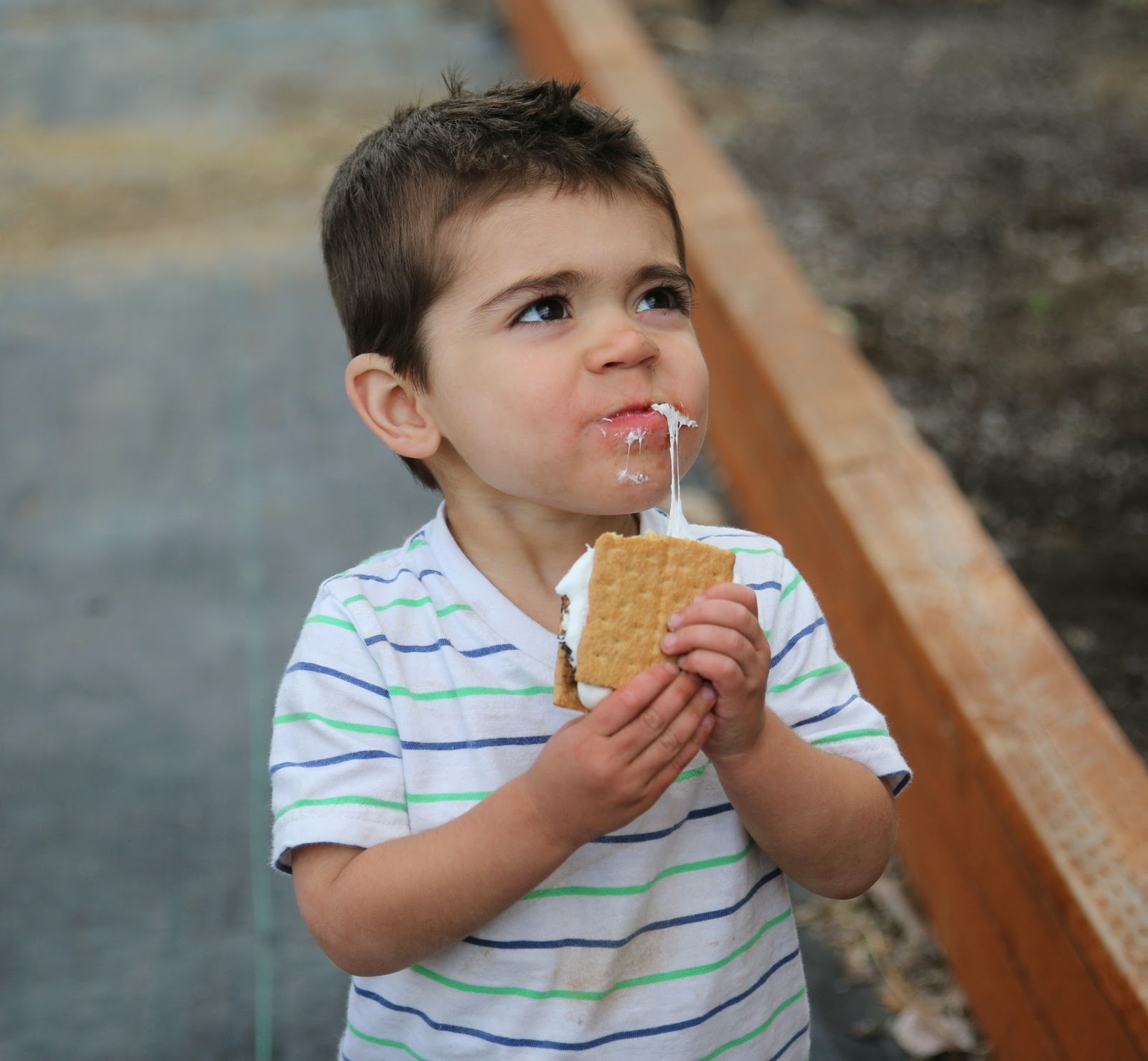May Happenings
The following week was a blur as we re-connected with family. Jon, Cher, Mark, Laurel, Kyle, KT & kids all got together at various times and in different combinations. It was wonderful. Our family is such a joy to us. Each individual is unique and each of the 29 adds something that makes for an even better summation.
Baseball and Baptisms
Anytime we can get the gang together is a good time (did I say we missed you, Matt!). They have become such good citizens, parents, and people. We are so proud of them.
On Saturday afternoon, after a nice lunch, we were thrilled to attend the baptisms of our grandsons, Noah and Jonathan (Jonny), as they became official members of The Church of Jesus Christ of Latter-day Saints. We are so pleased they made the decision to take this important step.
KR's 60th Birthday
Houston, Back in the U.S.A.
We flew Cartagena-Miami-Houston, with a layover in Miami of several hours. We took advantage and had some lunch at Chili's. Aahhhhh! We live in such a great country (patriotic flag waving). We finally arrived in Houston the evening of the 14th to spend a few days (leaving on the 17th) with Matt & Megan and get to know grandchild #17, Charlotte Raelynn Anderton. She was born in April, so KR did not get to spend the customary "Grandma time" with her due to our Colombia commitment. We were very excited to see Charlotte, her two brothers, and M&M.
We thoroughly enjoyed our time with the Anderton Houston clan. We attended Elijah's preschool graduation, bonded with Charlotte (what a cutie), rested, ate too much, participated in Charlotte's blessing, and generally chased Elijah and Oliver around. Just hook the power grid to the wiring of those two and you would fulfill our energy needs for a couple of decades.
The Doors of Cartagena
Mike was fascinated by the thousands of wonderful, vintage doors in Cartagena and he kept snapping pictures!



























































